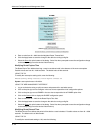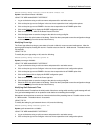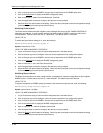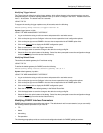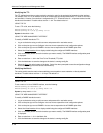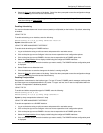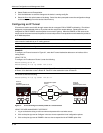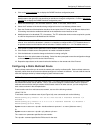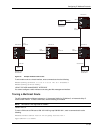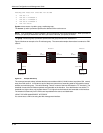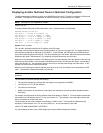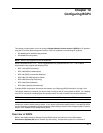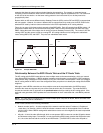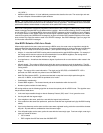
Advanced Configuration and Management Guide
NOTE: In IP multicasting, a route is handled in terms of its source, rather than its destination.
You can use the ethernet <portnum> parameter to specify a physical port or the ve <num> parameter to specify a
virtual interface.
The distance <num> parameter sets the administrative distance for the route. When comparing multiple paths for
a route, the routing switch prefers the path with the lower administrative distance.
NOTE: Regardless of the administrative distances, the routing switch always prefers directly connected routes
over other routes.
The rpf_address <rpf-num> parameter specifies an RPF number.
The example above configures two static multicast routes. The first route is for a specific source network,
207.95.10.0/24. If the routing switch receives multicast traffic for network 207.95.10.0/24, the traffic must arrive on
port 1/2. The second route is for all other multicast traffic. Traffic from multicast sources other than 207.95.10.0/
24 must arrive on port 2/3.
Figure 9.8 shows an example of an IP Multicast network. The two static routes configured in the example above
apply to this network. The commands in the example above configure PIM router A to accept PIM packets from
207.95.10.0/24 when they use the path that arrives at port 1/2, and accept all other PIM packets only when they
use the path that arrives at port 2/3.
The distance parameter sets the administrative distance. This parameter is used by the software to determine the
best path for the route. Thus, to ensure that the routing switch uses the default static route, assign a low
administrative distance value. When comparing multiple paths for a route, the routing switch prefers the path with
the lower administrative distance.
9 - 52



